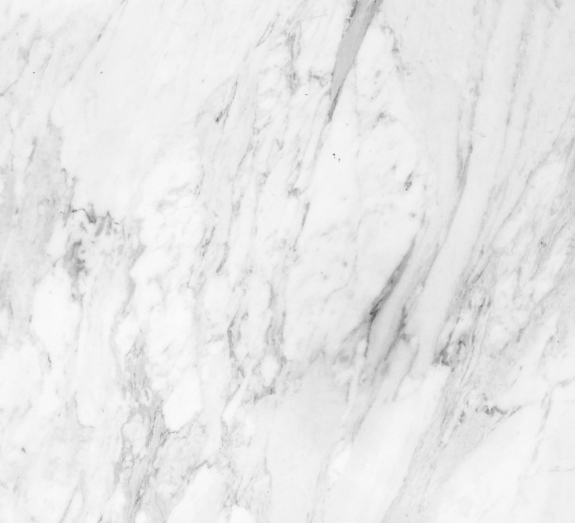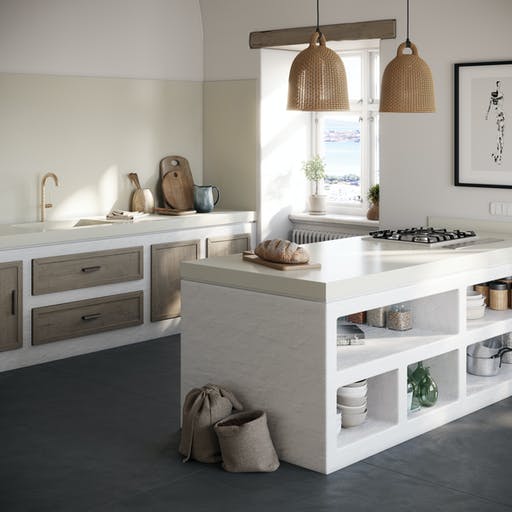Marble vs Granite kitchen worktops
While marble and granite surfaces are similar in many ways, they both have their own unique differences, looks and benefits. Read on to find out more.


How are marble and granite rocks formed?
Marble is a porous metamorphic rock that’s formed over millions of years from limestone that’s been exposed to intense pressure and heat.
Granite is an igneous rock formed deep within the Earth from compressed quartz, feldspar and mica. Like marble, granite is also porous but offers greater durability and resistance to chips and scratches.


Which is more durable for a kitchen worktop?
Both granite and marble are hard-wearing surfaces, but granite is more resistant to scratches, chips, heat and stains than marble, so is a superior material for kitchen worktops.
A marble surface will also need re-sealed every one-to-two years. This helps prevent staining from liquids such as wine and oil and maintain the appearance and integrity of the worktop.


Because granite is composed from a number of compressed stones, it usually has a freckled/spotted finish consisting of a number of colours. Marble, on the other hand, tends to have ‘veins’ decorated sparsely across the rock against a white or black backdrop.


Maintenance advice
Granite is easier to maintain than marble and more hard-wearing. Granite is more resistant to heat and spillages and just needs to be wiped down with soap and water after use. Both granite and marble will need re-sealed every couple of years to maintain its shine and resistance to acidic liquids.
Which should I choose?
There is little to choose between granite and marble – they’re both quality materials that make for great kitchen worktops.
If you want some that’s more hard-wearing, durable and requires less maintenance – then granite is a solid choice. Some people prefer the look of marble, it’s just worth making sure you care for the surface to maintain its appearance and longevity.
Guides
Read more on our materials
Got an enquiry? Why not get in touch
Fill in the form and we’ll get back to you as soon as we can.





